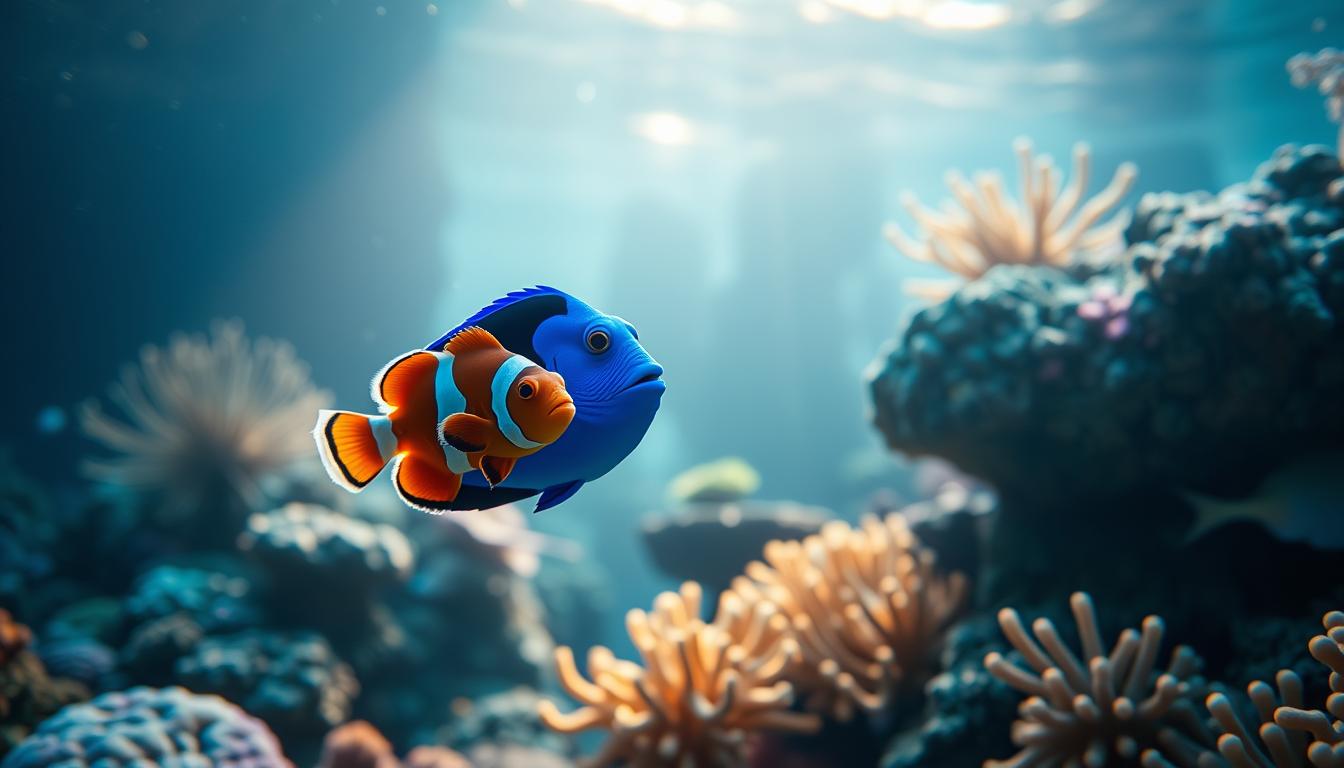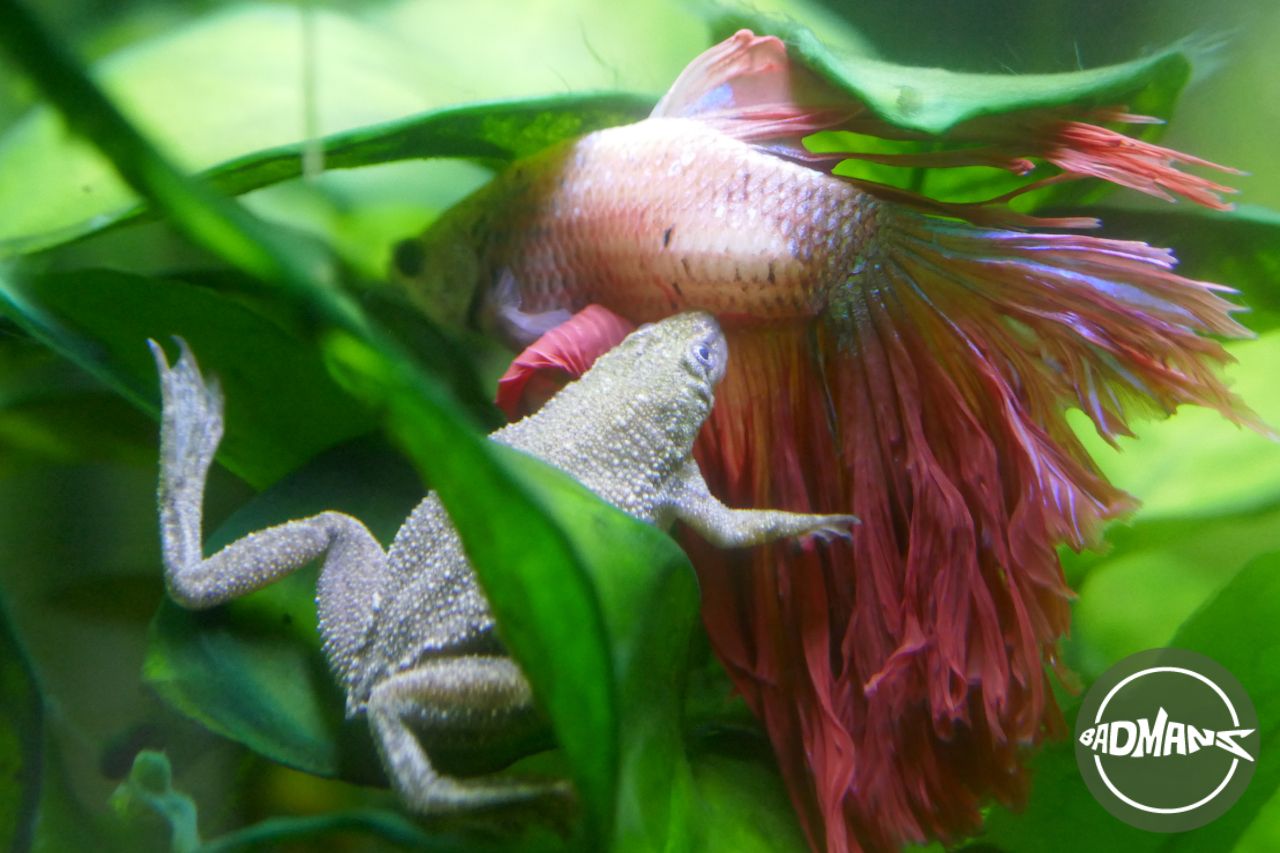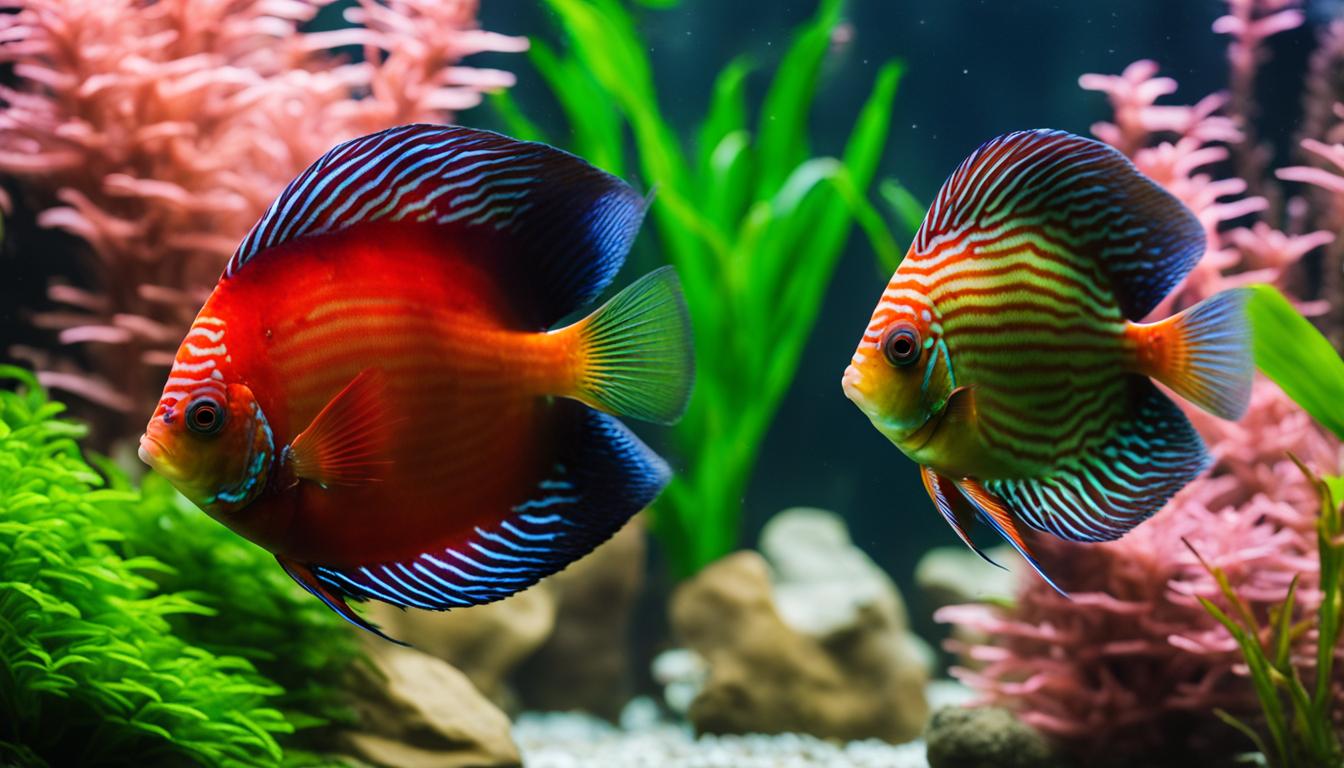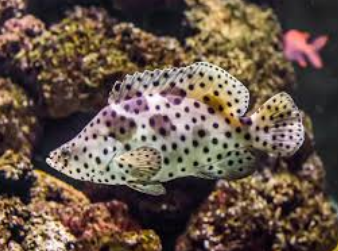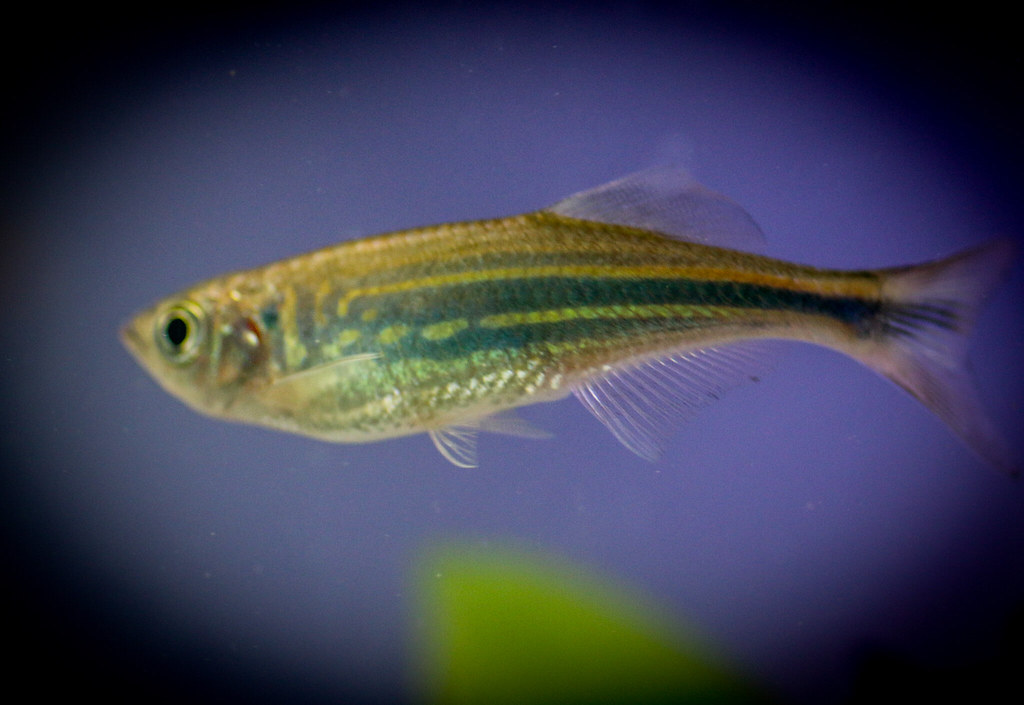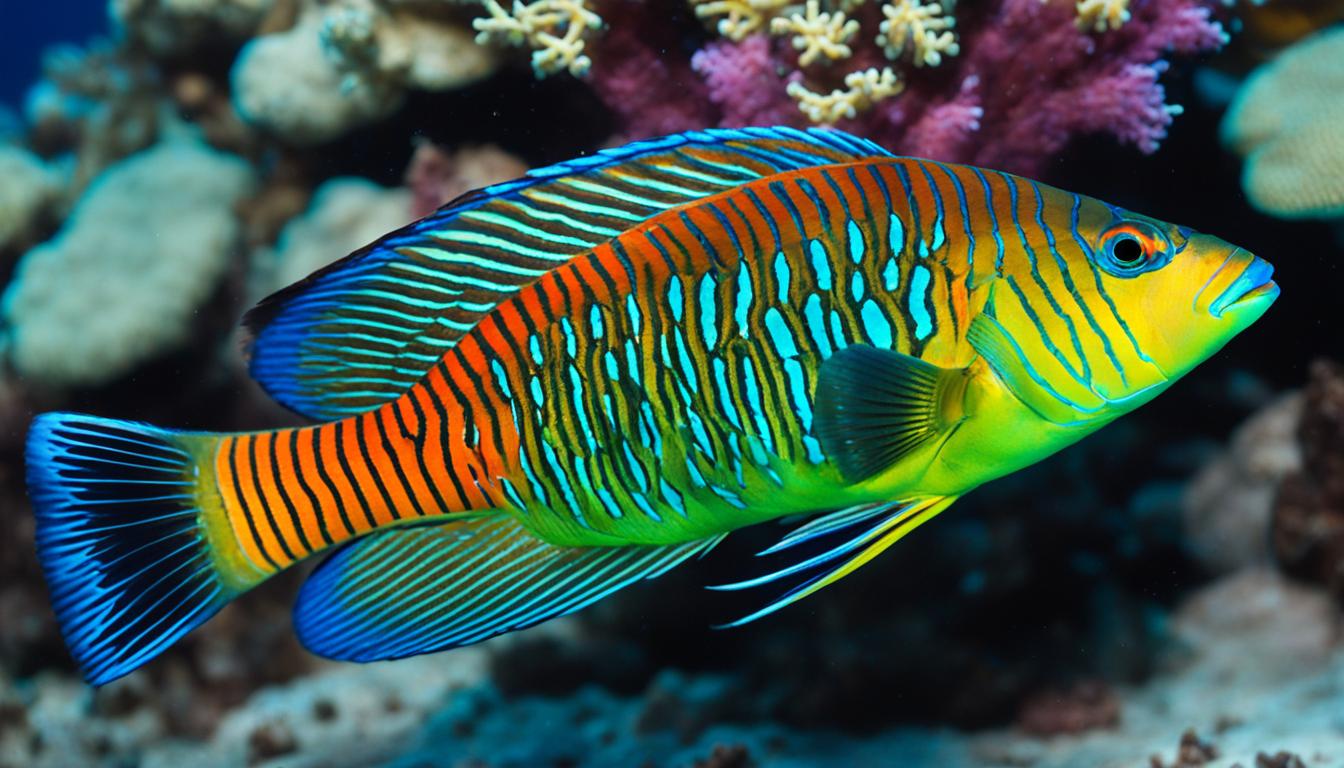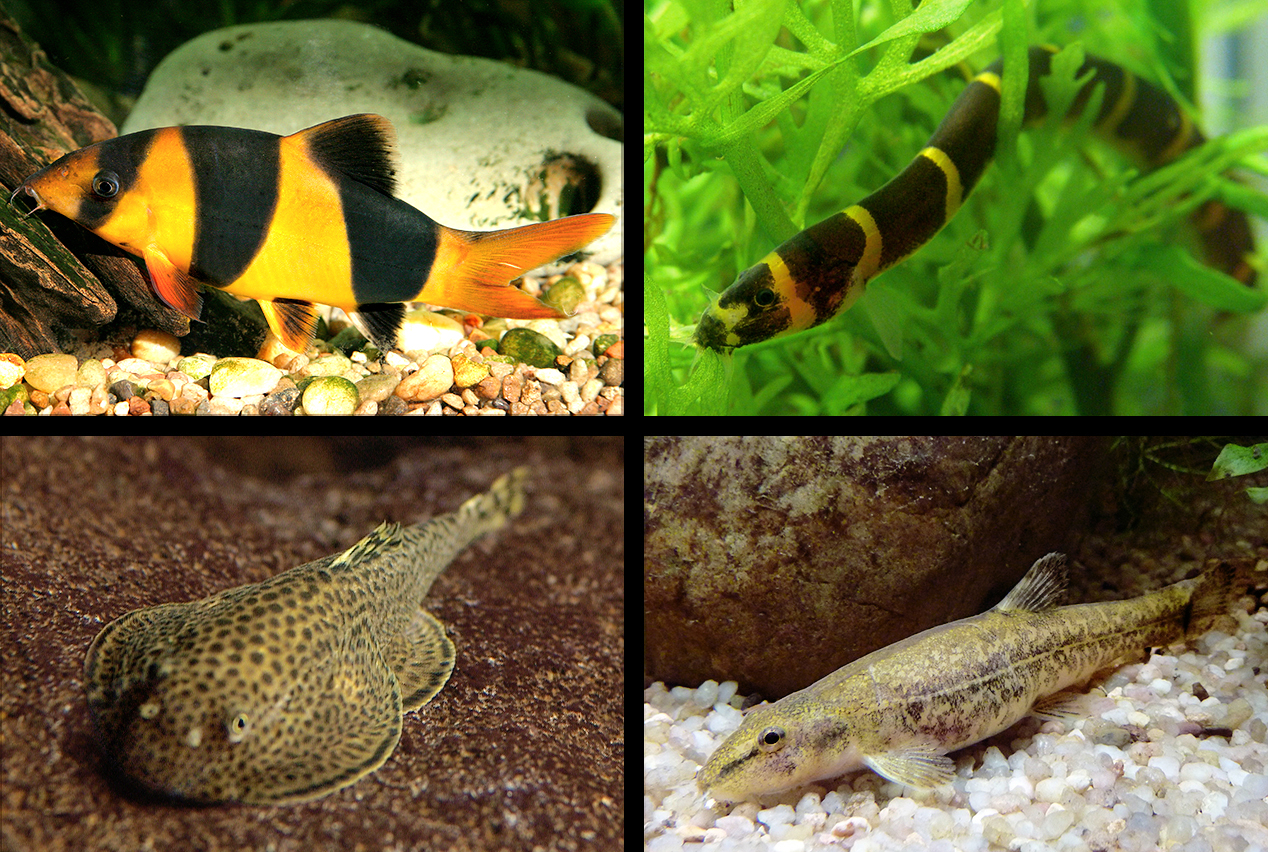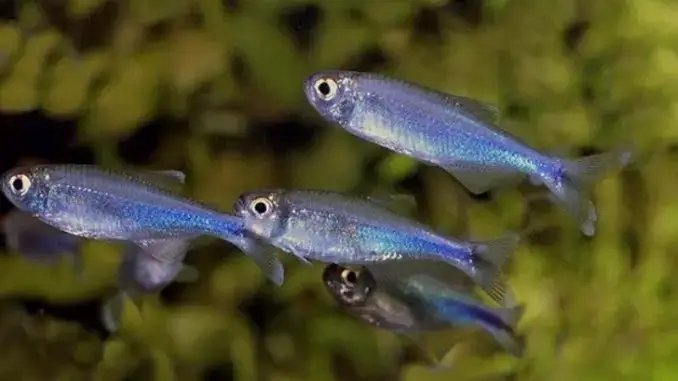Did you know that blue tang fish, made famous by ‘Finding Dory’, can grow up to 12 inches in length? They need a lot more space than clownfish. Yet, these two marine species often live together in the wild and can also share a home aquarium. It’s important to know if they can get along for a peaceful marine tank.
Both blue tang fish and clownfish need the same water quality and tank setup to do well. They also like the same pH range of 8.0 – 8.4. But, making them live together in a small space can be tough because of their different behaviors and needs for space.
Table of Contents
Key Takeaways
- Blue tang fish and clownfish can be found together in the wild.
- Maintaining a pH range of 8.0 – 8.4 is essential for both species.
- Blue tang fish can grow up to 12 inches and may need a 100-129 gallon tank.
- Clownfish typically require a 30-gallon tank.
- Blue tangs are semi-aggressive and may pose challenges when housed with clownfish.
- Both species need similar dietary provisions for optimal health.
- Careful tank setup and maintenance are key to ensuring both species thrive together.
Introduction: Can Blue Tang Fish Live With Clownfish?
Many aquarium fans wonder if blue tang fish and clownfish can live together. This is because both are very popular and well-known in marine tanks. It’s key to know how well they get along to keep the tank peaceful.
Blue tangs and clownfish are favorites in saltwater tanks for their bright colors and fun actions. Blue tangs can grow up to 12 inches and need a big tank, at least 100 gallons, to be happy. They like to graze on food, not eat it all the time, and do best in tanks with lots of plankton and algae.
Clownfish, on the other hand, live with anemones and are smaller, needing less space than blue tangs. To make sure they live well together, the tank must meet both their needs. Blue tangs usually don’t fight with other fish, but they can be mean to other blue tangs if the tank is too crowded.
People love having blue tang and clownfish in their tanks because they look great together. The blue tang and the clownfish’s orange and white make a beautiful sight. But, making this work takes a lot of planning and care.
In summary, blue tang and clownfish can live together, but it needs careful planning. You must think about the tank size, water quality, and what food they need. With the right attention, you can make a beautiful and peaceful underwater world for both.
Blue Tang Fish Compatibility
Learning about Blue Tang fish and their compatibility with other species is key. It involves understanding their behavior, natural habitat, and water needs. This knowledge helps in creating a peaceful multi-species aquarium.
Understanding Blue Tang Behavior
Blue Tangs quickly become the top fish in a tank. They are generally calm but can be aggressive as they grow. It’s important to watch how they interact with other fish, especially smaller ones.
They can get along with some fish like Valentini Puffers or yellow watchman gobies. But, their behavior can change.
Natural Habitat of Blue Tang Fish
Blue Tangs come from the vibrant coral reefs of the Pacific and Indian Oceans. They love environments that remind them of home. This means lots of hiding spots and plenty of algae to eat.
Creating a similar setting in your aquarium is crucial. Make sure there are lots of crevices and coral to keep them safe and happy.
Temperature and Water Requirements
Keeping the right temperature is essential for Blue Tangs. They prefer warm water, between 75°F and 82°F. They also need clean, salty water with a specific hardness level.
Good oxygen and filtration systems are also important. They help keep the water healthy and free from harmful waste.
| Parameter | Optimal Range |
|---|---|
| Temperature | 75°F – 82°F |
| Water Hardness | 420 ppm |
| Salinity | 1.024 – 1.025 |
By knowing about Blue Tangs’ natural habitat and temperature needs, you can create a great home for them. This helps them thrive in a tank with other fish.
Clownfish Tank Mates
Setting up a saltwater aquarium means picking the right tank mates for your clownfish. It’s important to know which fish get along well. This way, your clownfish can live happily with their tank mates.
Ideal Tank Mates for Clownfish
Clownfish are generally peaceful. But, it’s key to choose tank mates that match their calm nature. Here are some good choices:
- Royal Dottyback: These colorful fish, about 3 inches long, are great friends for clownfish.
- Yellow Tang: Yellow Tangs, needing a 50-gallon tank, are perfect tank buddies for clownfish.
- Pygmy Angelfish: These fish, needing some care, add color to your tank.
- Red Coris Wrasse: Growing to 12 inches, they need room but can live with clownfish.
- Mandarinfish: These beautiful fish, needing a 30-gallon tank, are great with clownfish.
Choosing the right tank mates helps create a balanced aquarium. This way, all fish can thrive together.
Temperament and Aggressiveness of Clownfish
Clownfish are usually calm but can get aggressive. This happens when they defend their territory or anemone. It’s important to watch their behavior and make sure they’re not bullying others.
Clownfish have special social behaviors. They often bond with certain fish, like the Blue Tang. In tanks, they may act like mates, swimming together. This not only balances their behavior but also makes your aquarium more lively.
Clownfish can live up to 10 years in the wild. Choosing the right tank mates can improve their life quality. When picking tank mates, think about their temperament and care needs.
Marine Fish Cohabitation: An Overview
Keeping different marine fish in one tank is both challenging and rewarding. It requires understanding cohabitation factors and the benefits of mixed-species aquariums.
Factors Influencing Cohabitation
The natural habitat and behavior of each fish species are crucial. For example, Emperor angelfish are aggressive and can grow up to 15 inches. They need a 600-gallon tank and can be hard to mix with other large angelfish.
Powder blue tangs are very susceptible to parasites like Cryptocaryon irritans (Ich). This means they need careful health monitoring when introduced to a new tank.
Each species has its own environment needs. Purple tangs like bright, shallow waters and need a diet full of seaweed. They can be aggressive, especially at night. They also need at least 120 gallons of space to avoid fighting.
Benefits of Mixed-Species Tanks
Mixed-species tanks have many advantages. They create a lively and beautiful environment, like the ocean. Watching fish behave naturally is both educational and entertaining.
These tanks also help manage algae, parasites, and waste. For example, purple tangs eat algae, keeping the tank healthy. By understanding these cohabitation factors, we can create safe and thriving environments for our fish.
Blue Tang and Clownfish Tank Setup
Creating a tank for Blue Tangs and Clownfish needs careful planning. You must meet the needs of both species. The right tank size and features are key for a balanced environment.
Minimum Tank Size Requirements
Blue Tangs need a tank of at least 125 gallons. This size allows them to swim freely, as they can grow up to 8 inches. Clownfish, on the other hand, need at least 20 gallons, as they only grow up to 4 inches. For both species together, a 125-gallon tank is best to prevent fighting over space.
Recommended Tank Features
While tank size is important, other features are crucial too. Live rock formations provide hiding spots and encourage natural behavior, especially for Blue Tangs. Blue Tangs also need high water flow to thrive. Keeping the water’s pH between 8.2 and 8.4 and its temperature between 80°F and 84°F is vital for their health.
| Component | Recommendation |
|---|---|
| Tank Size | Minimum 125 gallons |
| Water Flow | High |
| Live Rock | Provide adequate hiding spots and algae grazing areas |
| Water Parameters | pH 8.2-8.4, Temperature 80°F-84°F |
| Diet | Algae and algae sheets with vitamin supplements for Blue Tangs |
An effective blue tang tank setup also supports a clownfish aquarium. By balancing tank size and features, you can create a thriving environment for both species. This ensures a harmonious marine home for these colorful fish.
Keeping Blue Tang and Clownfish Together
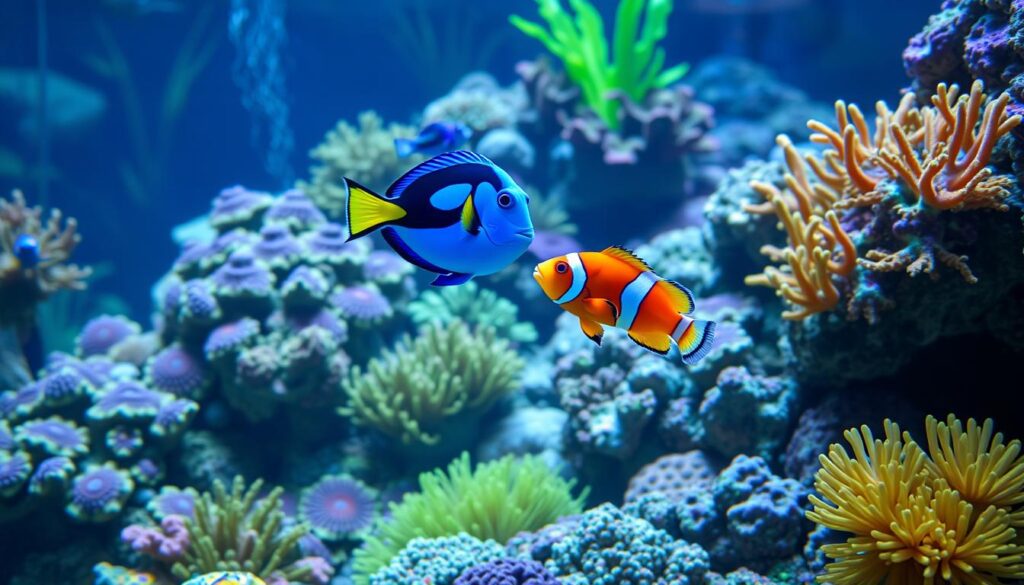
Keeping blue tangs and clownfish together can be rewarding but also challenging. These species, known from “Finding Nemo” and “Finding Dory,” have unique needs. It’s important to understand their different requirements and behaviors to create a peaceful environment.
First, a large tank is crucial. Blue tangs can grow up to 12 inches and need at least 125 gallons. Clownfish, on the other hand, reach about 3 inches and require 30 gallons. For both, a tank of 150-200 gallons is best. This size helps reduce stress and aggression, giving each fish enough space.
The water conditions for both species must be carefully managed. The temperature should be between 74°F and 80°F. The pH level should be between 8.1 and 8.4. It’s also important to keep alkalinity, calcium, magnesium, and salinity within specific ranges for their health.
Both blue tangs and clownfish can live 5-10 years or more in the right conditions. A well-maintained tank is key for their health and happiness. Regular checks and adjustments of water parameters are essential for their well-being.
Creating a natural environment can help reduce stress and aggression. Adding hiding spots, rocks, and corals makes both species feel safe. Also, providing enough space for each to claim as their territory can prevent conflicts.
Following these guidelines is crucial for a balanced and peaceful aquarium. Proper care, including enough space, optimal water conditions, and a well-designed tank, is essential. This will help keep blue tangs and clownfish together in harmony.
Saltwater Fish Community Tank
Creating a harmonious saltwater community tank needs careful planning. It’s important to meet the needs of all fish. A peaceful marine environment helps fish thrive. Let’s look at how to create a calm setting and why space and shelter are key.
Establishing a Peaceful Environment
Setting up a saltwater community tank starts with a peaceful marine environment. Choose fish that get along well. For example, Tang fish need a tank of at least 75 gallons because they’re active.
Clownfish are great community members when kept with peaceful fish like Coral Beauty Angelfish or Sharknose Goby. Keeping the water temperature right is also crucial. Tang fish like temperatures between 72-78°F, while Royal Gramma prefer 73-80°F.
The Importance of Space and Shelter
Space and shelter are key to avoiding conflicts in the tank. Enough space lets fish move naturally. For example, a 40-gallon tank can hold 5-6 small fish and corals, reducing stress and aggression.
Shelter is also vital for shy or small fish. Live rock and caves provide hiding spots. They help fish like Bicolor Angelfish, which grows up to 6 inches, feel secure. These spots also help fish retreat and recover, keeping the tank peaceful.
In summary, having enough space and shelter is crucial for a successful saltwater community tank. By focusing on these, you can create a happy and peaceful home for your marine friends.
Creating a Peaceful Fish Tank
Creating a peaceful aquarium setup needs careful planning. You must pick the right decorations, plants, and equipment. This helps make a stress-free marine tank.
First, think about the tank size. Royal Gramma fish need tanks of at least 100L with plenty of hiding spots. Moorish Idols, which prefer 150 gallons, can be replaced with Longfin Bannerfish. They are easier to care for and fit well outside reef tanks.
Choosing the right tank mates is also key. Skunk Cleaner Shrimp, like Jacques, need at least 100L tanks and regular iodine. Adding a Sand Sifting Starfish, like Peach, is helpful, but it should be the only starfish.
It’s important to consider the fish’s temperament. For example, Royal Gramma fish shouldn’t be kept with others of their kind because of territorial issues. Choosing beginner saltwater fish like Ocellaris Clownfish, Blue-Green Chromis, and Royal Gramma helps keep the tank balanced.
Diet is also crucial. Carnivorous fish like lionfish and groupers need krill, Mysis shrimp, and brine shrimp. Herbivorous fish, such as tangs and rabbitfish, eat algae sheets and blanched veggies. This shows the need for a variety of diets in the tank.
To make a stress-free marine tank, pair fish wisely. Popular pairs include clownfish with damselfish or gobies with blennies. With the right tank inhabitants and setup, you can create a peaceful marine environment.
Potential Challenges of Housing Blue Tang and Clownfish Together
Keeping Blue Tang and Clownfish together can be tricky. They can live well together, but it’s important to know the common problems. These issues often come from tank size, water quality, and fish behavior.
Common Issues and Solutions
Aggression is a big problem in small tanks. Blue Tangs and Clownfish may fight over space. It’s best to have a big tank to avoid these fights. Adding a smaller fish can also help keep the peace.
Health problems like ich can also happen. This is often because the fish are stressed. Keeping the water clean and stable helps prevent these issues. If ich does happen, it’s best not to use harsh chemicals to protect other fish.
Maintenance Strategies
Keeping the tank clean and balanced is key. A big tank with enough space helps prevent fights. Feeding them well with quality food helps too.
It’s also important to plan for the future. Blue Tangs grow big and need more space. A big tank helps keep everyone happy and healthy. Making sure all fish get along and have enough room is crucial.
FAQ
Can blue tang fish live with clownfish in the same tank?
What are the main reasons blue tangs and clownfish are popular in marine aquariums?
What is the behavior pattern of blue tang fish?
What are the natural habitat requirements of blue tang fish?
What temperature and water quality are ideal for blue tang fish?
What are the ideal tank mates for clownfish?
How aggressive are clownfish?
What factors influence successful marine fish cohabitation?
What are the benefits of maintaining a mixed-species tank?
What is the minimum tank size for housing blue tangs and clownfish together?
What tank features are recommended for blue tangs and clownfish?
How can I maintain a harmonious environment when keeping blue tangs and clownfish together?
How important are space and shelter in a saltwater fish community tank?
What are some tips for creating a peaceful fish tank setup?
What common challenges might I face when keeping blue tangs and clownfish together?
What are some effective maintenance strategies for a mixed-species tank?
References
| Organization Name | Internet Link |
| National Oceanic and Atmospheric Administration | https://www.noaa.gov/ |
| World Wide Fund for Nature (WWF) | https://www.worldwildlife.org/ |
| The Ocean Foundation | https://oceanfdn.org/ |
| International Coral Reef Initiative (ICRI) | https://www.icriforum.org/ |
| Coral Reef Alliance | https://coral.org/ |
| Marine Conservation Institute | https://marine-conservation.org/ |
| International Union for Conservation of Nature (IUCN) | https://www.iucn.org/ |
| Reef Check Foundation | https://www.reefcheck.org/ |
| The Nature Conservancy | https://www.nature.org/ |
| International Coral Reef Society (ICRS) | https://coralreefs.org/ |
I am a passionate aquarist with over 30 years of hands-on experience in fishkeeping. My journey began at a young age, collecting fish from the wild and learning through experimentation. Specializing in tropical fish, I bring a deep understanding of the hobby to FishKeepingMadeSimple. The site provides honest, detailed reviews of essential products and accessories to help fellow enthusiasts create the best environments for their fish.

